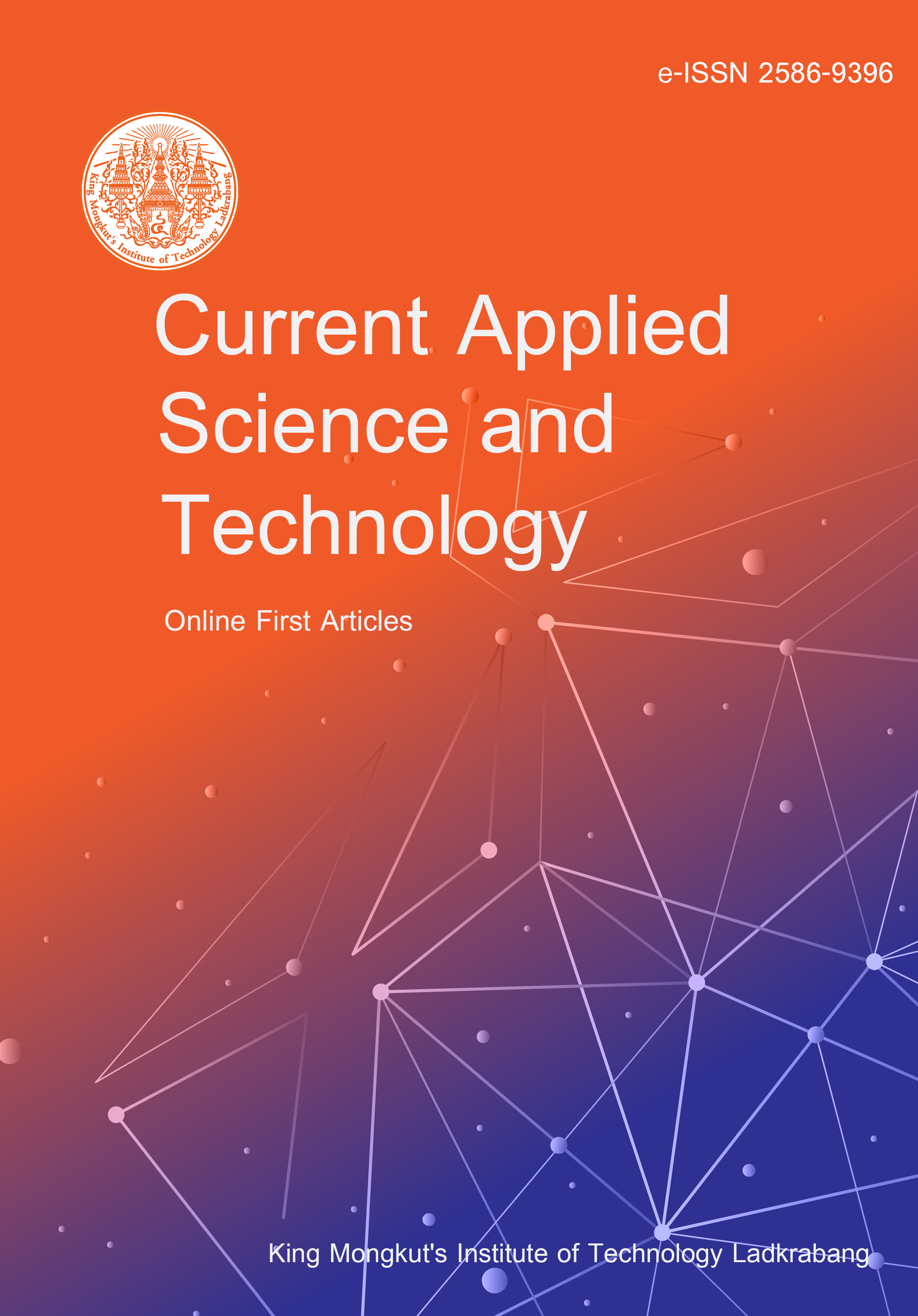This study aims to investigate structural transitions in grafted polymers by varying interpolymeric distance and surface interaction strength using coarse-grained modeling and parallel tempering simulations. We examine the behavior of two grafted polymers on a smooth surface, utilizing the flexible homopolymer model and parallel tempering simulations. Focusing on the interplay between distance separating the polymer chains and the strength of their interaction with the surface, we analyze thermodynamic quantities and structural parameters. Our results demonstrate that at larger interpolymeric distances, adsorption transitions from desorbed to adsorbed expand states are observed, followed by collapse and freezing transitions at lower temperatures. Increasing surface interaction strength shifts these transitions to higher temperatures. At smaller interpolymeric distances, the polymers remain entangled, preventing the observation of collapse transitions and resulting in only adsorption transitions at higher temperatures and freezing transitions at lower temperatures. Without surface attraction, only collapse and freezing transitions are observed. These findings emphasize the importance of structural thermodynamic quantities in identifying these transitions and highlight the significant role of interpolymeric distance and surface interaction strength in the behavior of grafted polymers. This study provides valuable insights for designing and optimizing polymer-grafted surfaces, contributing to advancements in materials science and engineering.
Kullohamongkol, P. undefined. ., Rattanaphun, P. undefined. ., Sukhampeeranont, P. undefined. ., Pitakwongsaporn, S. undefined. ., & Pattanasiri, B. . (2025). Thermodynamic and Structural Analysis of Proximity-Induced Transitions in Surface-Grafted Polymer Pairs. CURRENT APPLIED SCIENCE AND TECHNOLOGY, e0263979. https://doi.org/10.55003/cast.2025.263979

